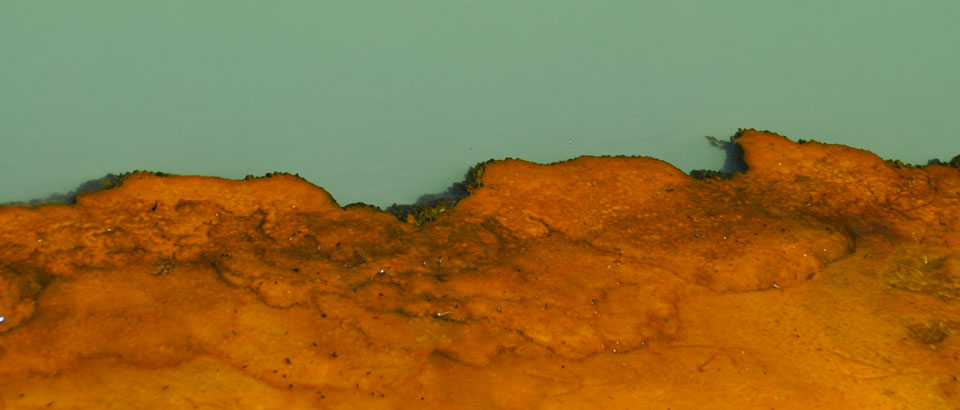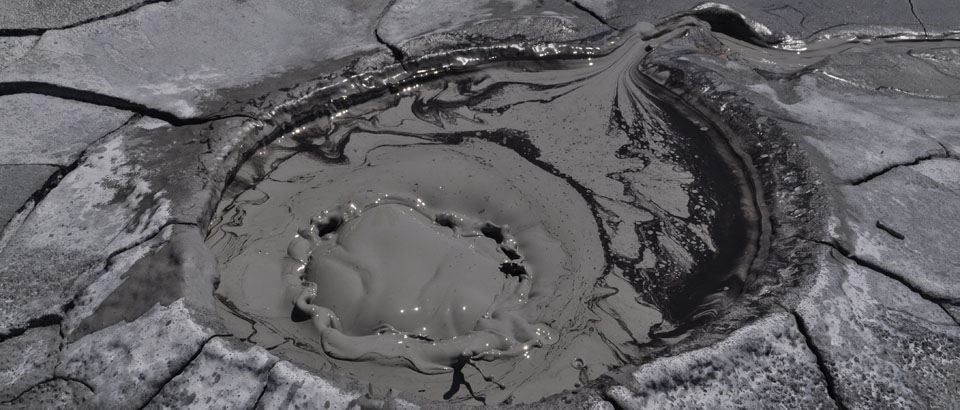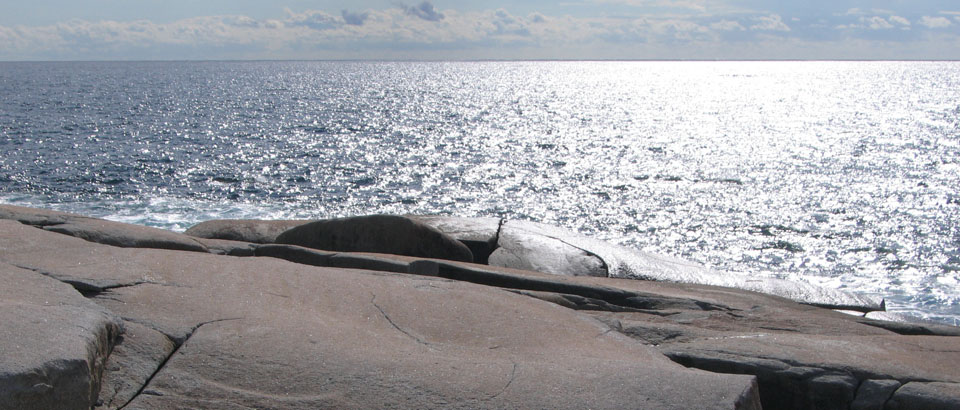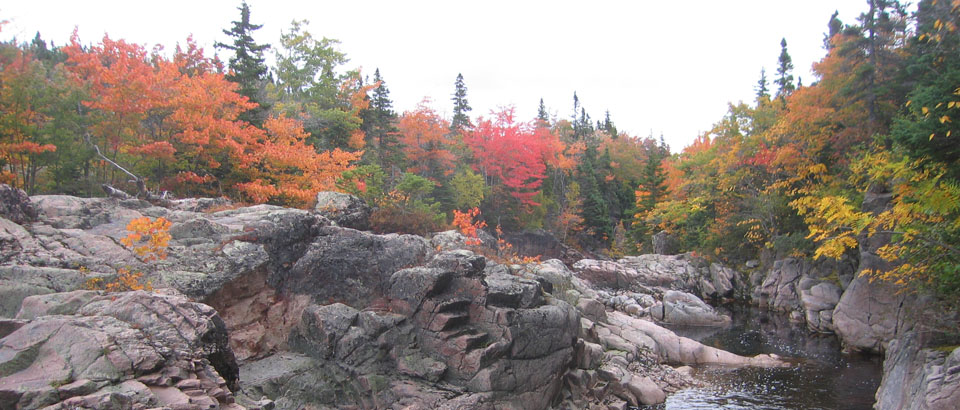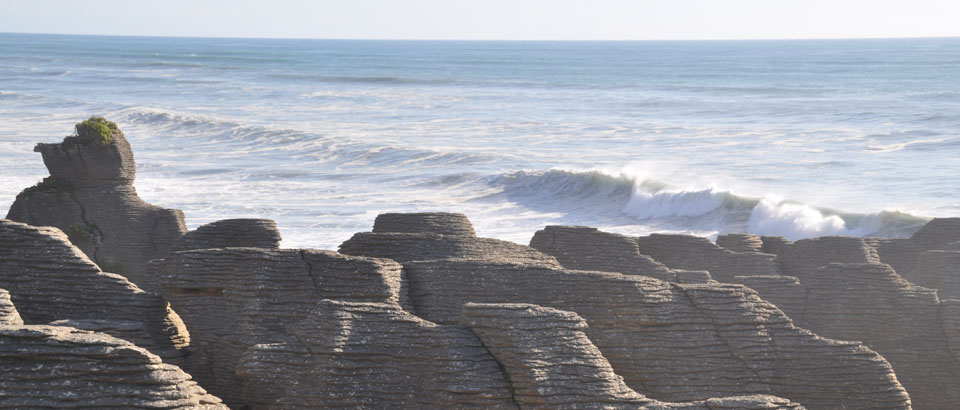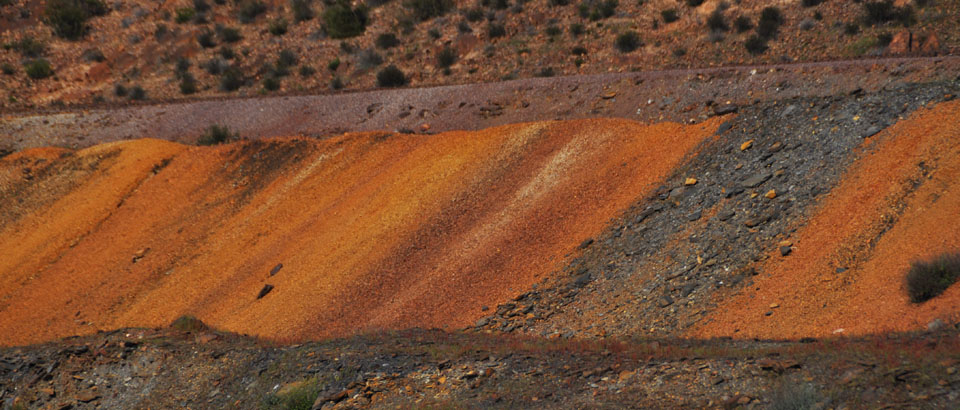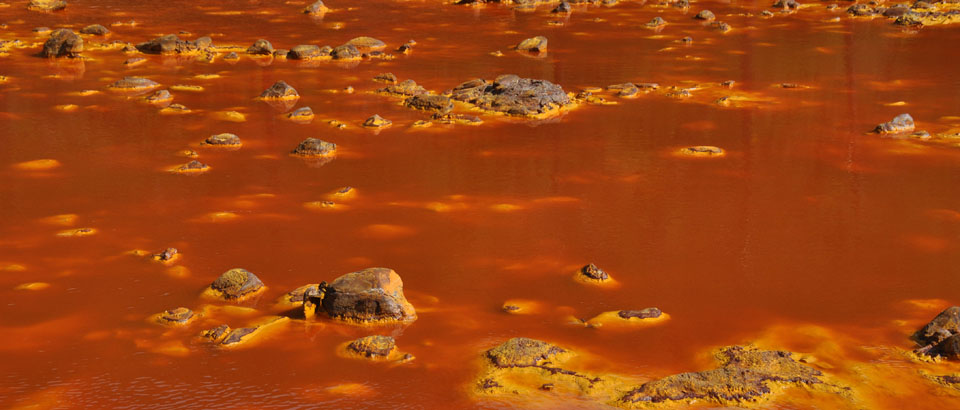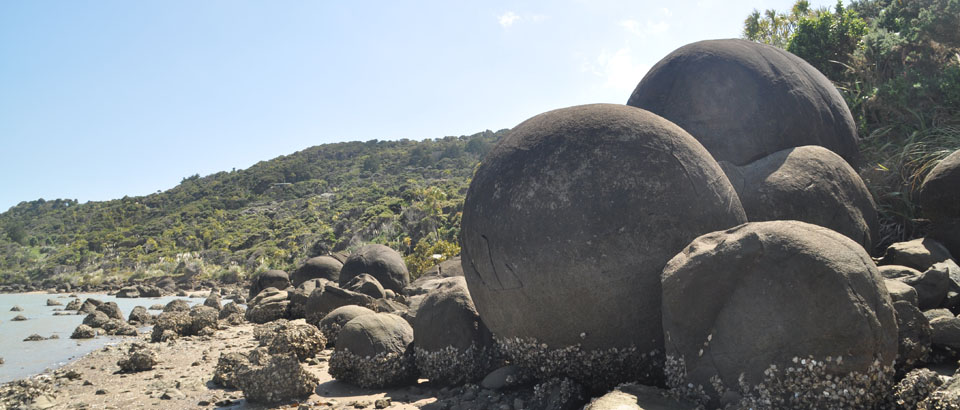Buckling an orogen: The Cantabrian Orocline. G. Gutiérrez-Alonso, S.T. Johnston, A. W. Weil, D. Pastor-Galán, J. Fernández-Suárez, 2012, GSA TODAY, 22, 7, 4-9. DESCARGAR-DOWNLOAD

RESUMEN-ABSTRACT
The Paleozoic Variscan orogeny was a large-scale collisional event that involved amalgamation of multiple continents and micro-continents. Available structural, geological, geochemical, and geophysical data from Iberia are consistent with a model of oroclinal bending at the lithospheric scale of an originally near-linear convergent margin during the last stages of Variscan deformation in the late Paleozoic. Closure of the Rheic Ocean resulted in E-W shortening (in present-day coordinates) in the Carboniferous, producing a near linear N-S–trending, east-verging orogenic belt. Subsequent N-S shortening near the Carboniferous-Permian boundary resulted in oroclinal bending, highlighted by the formation of the Cantabrian Orocline. Together, these data constrain oroclinal bending in Iberia to have occurred during the latest Carboniferous over about a 10-million-year time window, which agrees well with recent geodynamical models and structural data that relate oroclinal bending with lithospheric delamination in the Variscan. This late-stage orogenic event remains an enigmatic part of final Pangaea amalgamation.



